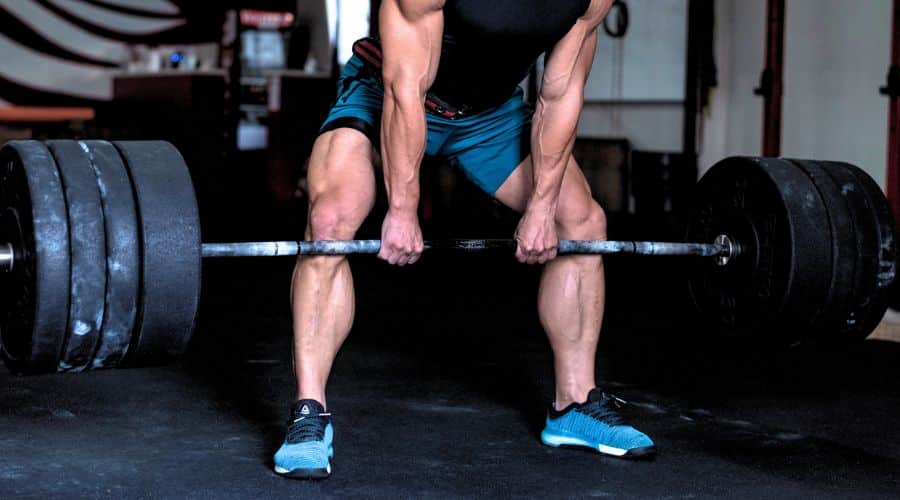Few exercises pack as much punch as the deadlift. It’s a no-nonsense move that hits your glutes, hamstrings, back, and core—all in one go. Whether you’re chasing athletic performance or just want to feel strong lifting groceries or toddlers, deadlifts deliver. But here’s the catch: if your form is off, your lower back will feel it—and not in a good way.
So let’s break it down. Why does form matter so much, and how can you make sure you’re doing it right?
Why Form Isn’t Just a Suggestion
When done properly, deadlifts are a strength-building powerhouse. They help you move better, stand taller, and lift heavier. But sloppy form? That’s a recipe for low back pain. Most issues stem from rounding the spine or yanking the bar up without engaging your core—two things your back won’t thank you for.
Your Step-by-Step Guide to a Safer, Stronger Deadlift
1. Find Your Stance
- Stand with your feet about hip-width apart.
- Toes can point straight ahead or slightly outward—whatever feels most natural for
- The barbell should be close enough that it’s almost grazing your
2. Get a Grip and Set Your Position
- Grab the bar just outside your knees with a firm, even
- Set your hips below your shoulders but above your
- Brace your core like you’re preparing to take a
3. Maintain a Neutral Spine
- Keep your back flat, not rounded or
- Lift your chest and gently squeeze your shoulder blades
- Keep your head aligned with your spine—not cranked up or tucked
- The bar should stay close, almost grazing your shins as you
4. The Lift
- Drive through your heels, not your
- Engage your glutes and hamstrings to power the
- Lift your hips and shoulders at the same time—don’t let your hips shoot up
5. Top Position
- Stand tall by locking out your hips and knees together.
- Avoid leaning back or overextending your lower
6. Lowering the Weight
- Hinge at your hips to start the descent—don’t just squat
- Keep the bar close to your legs as you lower it back to the ground with
Pro Tips for Protecting Your Back
- Warm up your lower back, glutes, and hamstrings before heavy
- Start light. Master the form before increasing the
- Strengthen your core to support your spine during the
- Work on mobility, especially in your hips and ankles, for better
- Listen to your body. Sharp or persistent discomfort is a sign to stop and
- Use lighter weights to practice form regularly—it’s not just for
- Adjust your stance to what keeps your spine Everyone’s build is different.
Avoid These Common Deadlift Mistakes
- Rounding your back
- Letting your hips rise before your shoulders
- Bouncing the bar off the floor between reps
- Letting the bar drift away from your shins
- Overextending your back at the top
- Trying to lift with your arms or back instead of your legs and glutes
The Bottom Line
Deadlifts are one of the most effective full-body exercises you can do—but only if your form is dialed in. Take your time, focus on control, and build up gradually. Respect the movement, and it’ll reward you with strength, stability, and serious gains.
Need Help Now?
At P3 Athletic & Physical Therapy, we specialize in helping runners recover faster and stay injury-free—without relying on medications or surgery.
We offer a FREE Discovery Visit to help you figure out what’s going on, why it’s happening, and what you can do about it.
👉 Book your free visit today and take the first step toward pain-free running.

